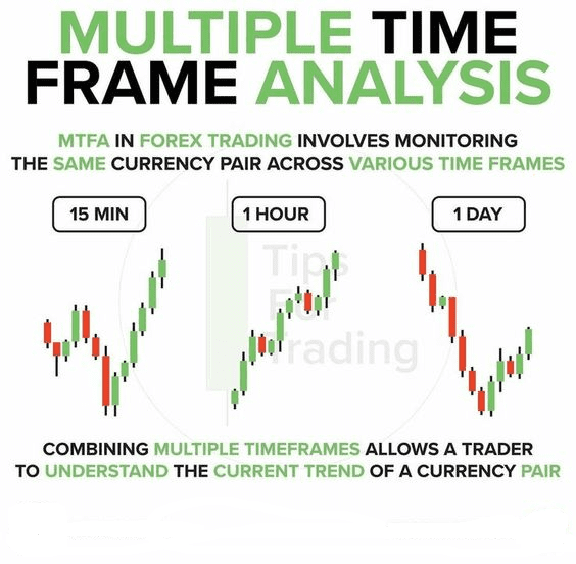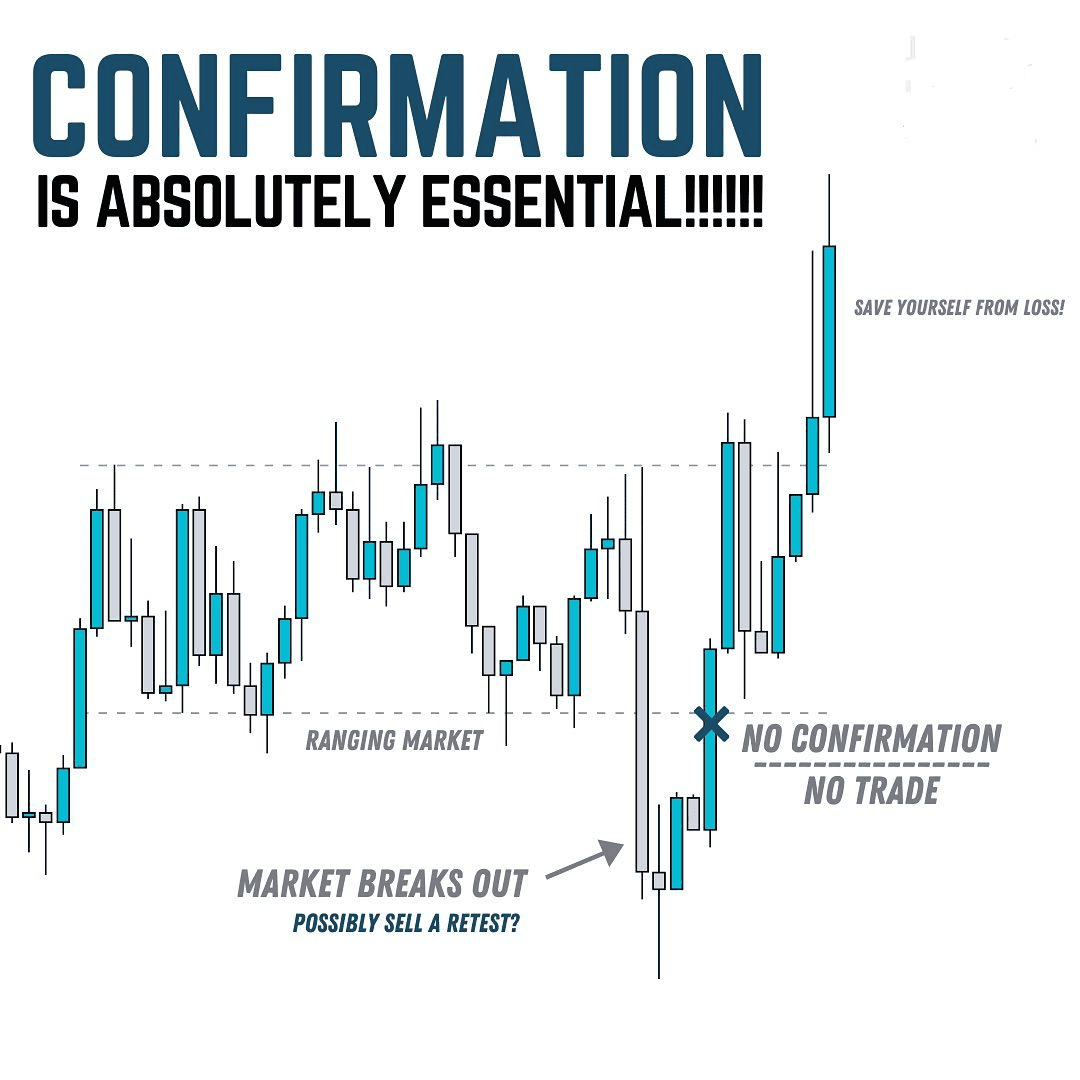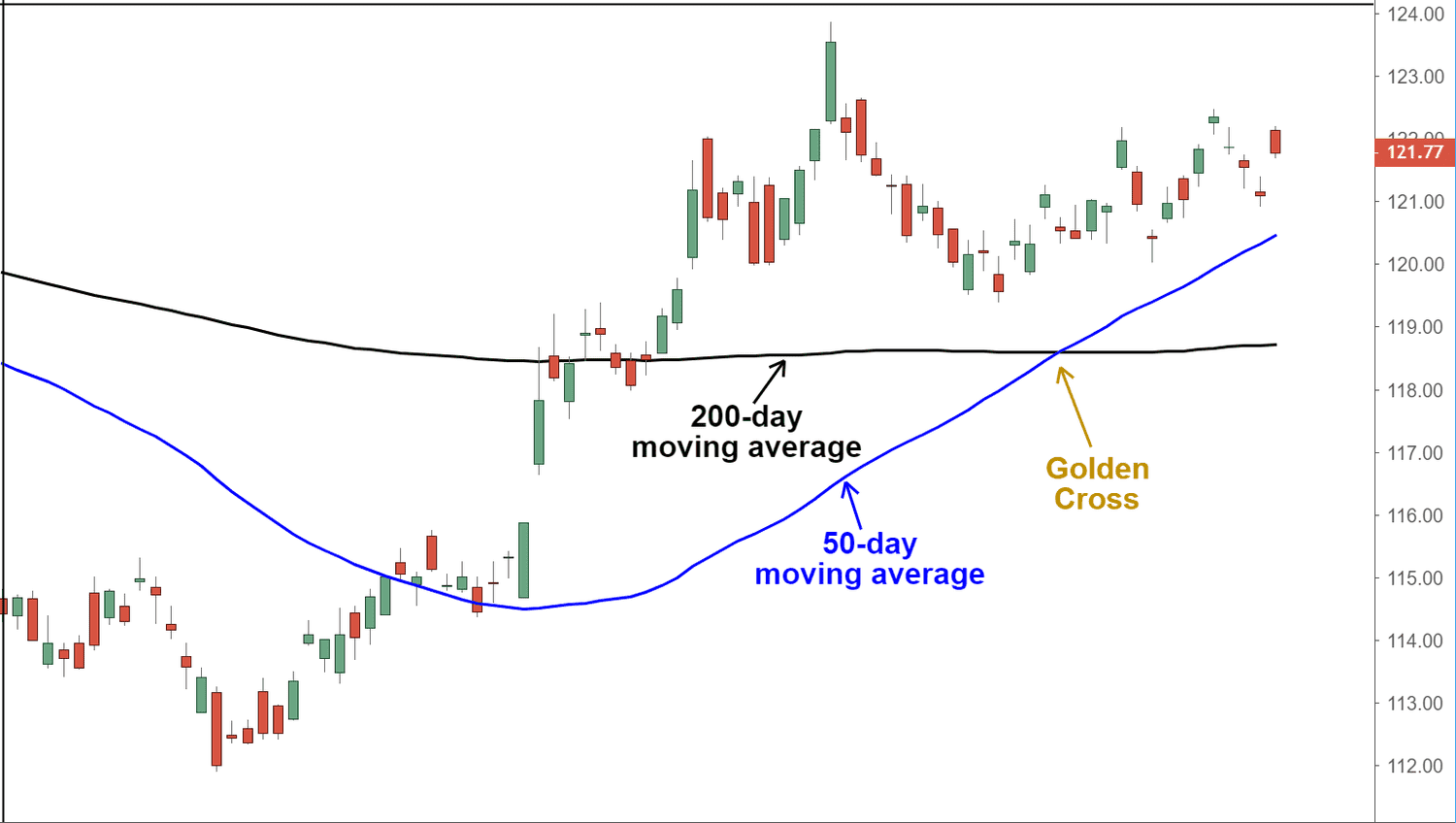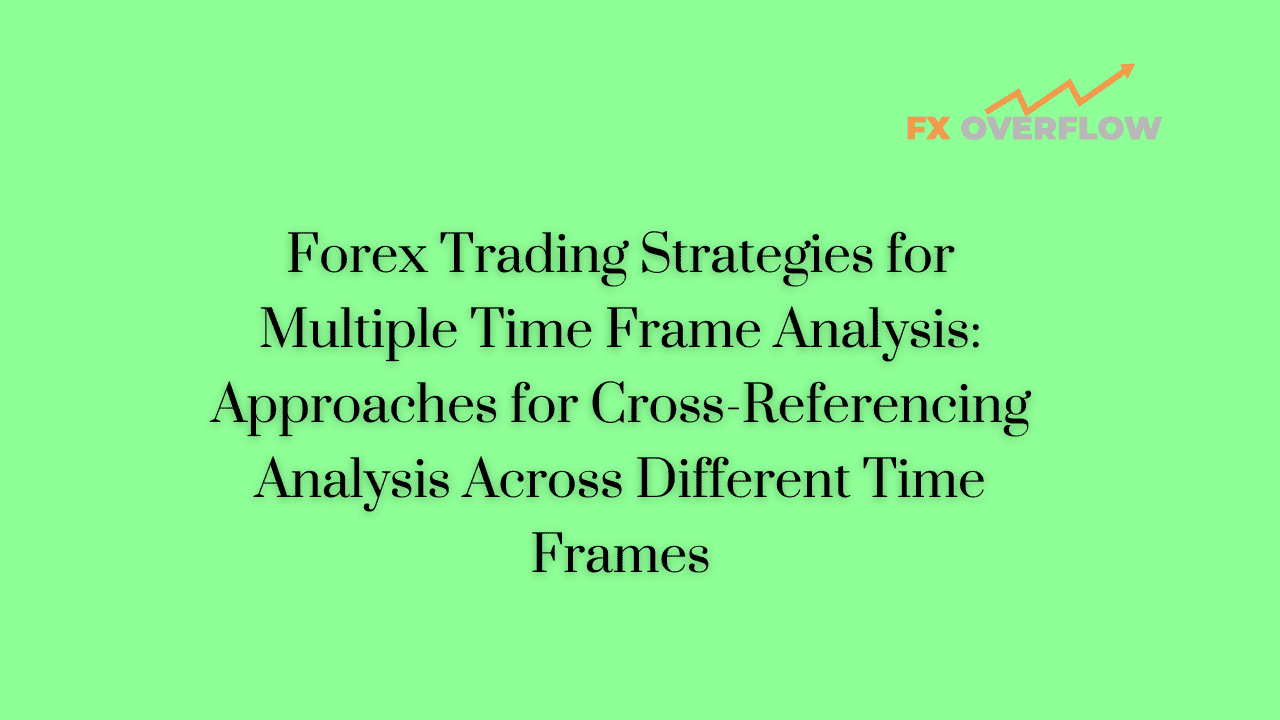Forex Trading Strategies for Multiple Time Frame Analysis: Approaches for Cross-Referencing Analysis Across Different Time Frames
Forex trading, the global marketplace for exchanging currencies, offers immense opportunities for traders to profit from the fluctuations in currency exchange rates. One of the most powerful tools at a trader's disposal is the concept of multiple time frame analysis. This approach involves examining the same currency pair across different time frames to gain a more comprehensive understanding of market trends and make more informed trading decisions. In this article, we will delve into the intricacies of multiple time frame analysis and explore effective strategies for cross-referencing analysis across various time frames.

Table Content
1. The Power of Multiple Time Frame Analysis
2. Approaches for Cross-Referencing Analysis
3. Challenges and Considerations
4. Footnote
The Power of Multiple Time Frame Analysis
Trading in the foreign exchange market requires careful analysis of market data to anticipate price movements. Many traders make decisions based on a single time frame, often the one they are most comfortable with or believe is most accurate. However, this approach can lead to missed opportunities and incomplete insights.

Multiple time frame analysis involves studying the same currency pair on various time frames, such as the 1-minute, 5-minute, 1-hour, 4-hour, daily, and weekly charts. Each time frame provides a unique perspective on the market, offering insights into short-term price movements, intermediate trends, and longer-term patterns. By combining these different views, traders can gain a clearer picture of the overall market dynamics.
Approaches for Cross-Referencing Analysis
1. Top-Down Analysis:
One common approach to multiple time frame analysis is the "top-down" approach. Traders start by looking at the higher time frames, such as the daily or weekly charts, to identify the overall trend. This provides a broader context for understanding the long-term trajectory of the currency pair. Once the trend is established, traders move down to lower time frames, such as the 4-hour or 1-hour charts, to identify potential entry and exit points within the larger trend.
For example, if the weekly chart shows a strong uptrend, traders can focus on the 4-hour chart to spot pullbacks or corrections within that trend. This approach allows traders to align their trades with the dominant trend while capitalizing on shorter-term price movements.
2. Confirmation of Signals:
Another approach is to use multiple time frame analysis to confirm trading signals. When a trading signal appears on a lower time frame, traders can cross-reference it with higher time frames to assess the strength of the signal. If the signal aligns with the trend on higher time frames, it adds more conviction to the trade.

For instance, if a bullish candlestick pattern forms on the 15-minute chart, traders can look at the 1-hour and 4-hour charts to ensure that the larger trend supports the potential bullish move. This approach helps filter out false signals and enhances the probability of successful trades.
3. Identifying Key Support and Resistance Levels:
Support and resistance levels play a crucial role in technical analysis. Multiple time frame analysis can help traders identify significant support and resistance levels that are relevant across different time frames. A level that acts as resistance on a higher time frame might act as support on a lower time frame, and vice versa.

By identifying these key levels and observing how price reacts to them across various time frames, traders can make more informed decisions about entry, exit, and stop-loss levels.
4. Using Moving Averages:
Moving averages are popular technical indicators that smooth out price data and help identify trends. Traders can use moving averages on multiple time frames to confirm trends and potential reversals. When moving averages align across different time frames, it strengthens the validity of the observed trend.

For instance, if the 50-day moving average is above the 200-day moving average on both the daily and 4-hour charts, it suggests a strong bullish trend. This alignment of moving averages on different time frames can be a powerful confirmation signal.
5. Avoiding Overtrading:
Multiple time frame analysis can also help traders avoid overtrading. It provides a broader perspective on market trends, preventing traders from reacting to every minor price fluctuation. By focusing on higher time frames for trend identification and lower time frames for entry points, traders can filter out noise and focus on high-quality trading opportunities.

Challenges and Considerations
While multiple time frame analysis offers numerous benefits, it's essential to recognize the challenges and considerations associated with this approach:
i) Data Overload: Analyzing multiple time frames can lead to information overload, especially for novice traders. It's crucial to strike a balance between the number of time frames analyzed and the clarity of insights gained.
ii) Conflicting Signals: Different time frames might provide conflicting signals, leading to confusion. Traders need to develop a systematic approach to resolve such conflicts and make well-informed decisions.
iii) Time Commitment: Analyzing multiple time frames requires time and effort. Traders
must allocate sufficient time for thorough analysis without succumbing to impulsive trading decisions.
Footnote
Multiple time frame analysis is a potent tool that empowers forex traders to make more accurate and well-informed decisions. By cross-referencing analysis across different time frames, traders can gain a comprehensive understanding of market trends, identify key levels, and confirm trading signals. Whether using the top-down approach, confirming signals, or leveraging technical indicators, multiple time frame analysis enhances the probability of successful trades.
However, traders must approach this technique with careful consideration. Balancing the number of time frames analyzed, resolving conflicting signals, and managing time commitments are crucial aspects of effective multiple time frame analysis. With practice and experience, traders can harness the power of this approach to navigate the dynamic landscape of the forex market with greater confidence and success.











Discussion